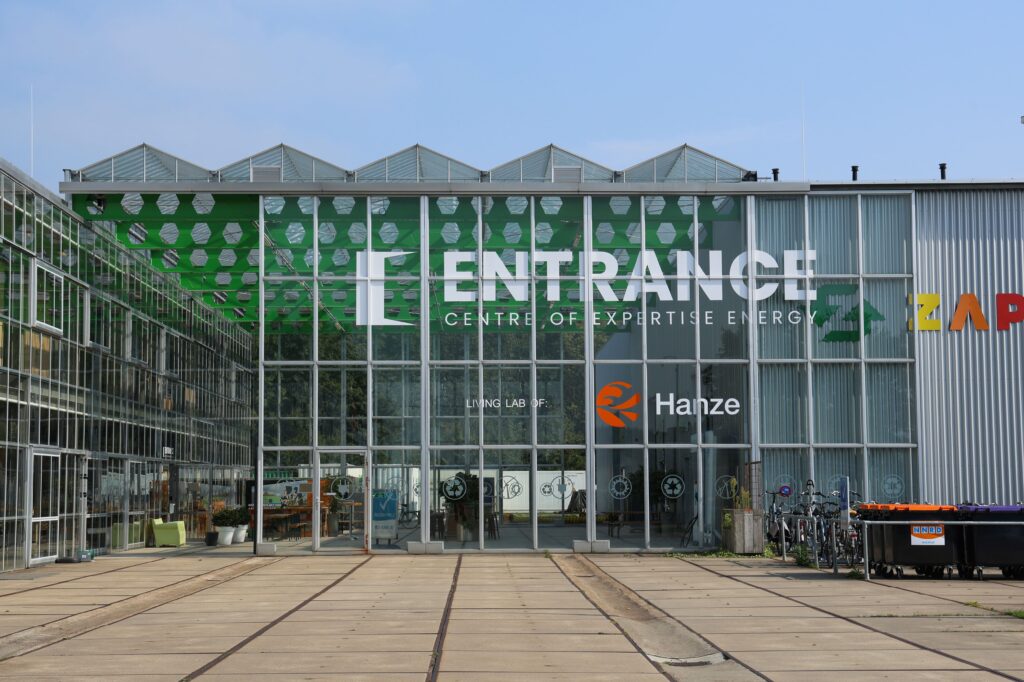How can the Dutch energy market be organized, in order that it joins the changing energy system? This is a central question at the project MODES (Market Organization of the Dutch Energy System).
Greenhouse gas emissions in the Netherlands must be reduced by 55% by 2030 compared to 1990 levels. And by 2050, we aim for net-zero emissions. How we need to adapt the energy system to achieve this, is outlined in the National Energy System Plan (NPE). This plan defines the pillars of a sustainable energy system for the Netherlands.
Other sources, other systems
A significant shift in the energy market is the move from fossil fuels to renewable energy sources. According to current plans, a large portion of these renewables will come from the North Sea. Another change is that energy services are becoming more intertwined. The energy market was traditionally ‘divided’ into segments for heat (gas), transport (petrol, diesel), industry (coal), and electricity (coal and gas). In the future, electricity will also supply energy for heating and transport. This intertwining requires a different market organization.
Keeping a balance of supply and demand
We also face the challenge that renewable energy sources have a variable supply, as this is determined by weather conditions. The supply doesn’t always match energy demand. To keep supply and demand in a balance on the market, the supply of energy needs to be distributed over time. This can for example be realized by storage in batteries of by turning it into hydrogen. We also request consumers to be increasingly flexible in their energy demand to keep the market in balance. This can even yield new revenue models for companies.
Shaping a new market organization together
We need to arrange all of this through a new market organization for the energy market. And these kinds of market design questions are central to the MODES (Market Organization of the Dutch Energy System) research project. This project was initiated by the Dutch government and TopSector Energie via NWO and awarded to a Dutch research consortium led by TU Delft. It involves collaboration with dozens of parties, including Hanze University of Applied Sciences.
The role of Entrance
The role of Entrance within this project is to establish a connection in practice. To both examine with residents and businesses how to deal with the future market system. Together with companies we look into, for example, the possibilities of dynamic energy contracts and ways to store energy in batteries or turn it into hydrogen. Through a consumer panel we examine how residents could change and adapt.
The result of this project are scientific supported recommendations about the way the market could be organized, both short- and long term.

Duration: January 2025 – December 2030
Total budget of the project: €4.400.000
Budget ENTRANCE: €234.500
Partners: TU Delft, University of Utrecht, TU Eindhoven, University of Twente, RSM/Erasmus University, University of Groningen, Tilburg University, TNO, Arnhem and Nijmegen University of Applied Sciences
Ministry of Economic Affairs, EBN, TenneT, Energie Nederland, NWEA, Municipality of Groningen, Trinomics
Theme: Local and Regional Energy strategies
Involved professorships:
The future of the transition to sustainable energy.
Developing an innovation roadmap for small-scale wind energy, commissioned by TKI Urban Energy.
Which policy instruments can European cities utilize to promote the implementation of Positive Energy Districts?
